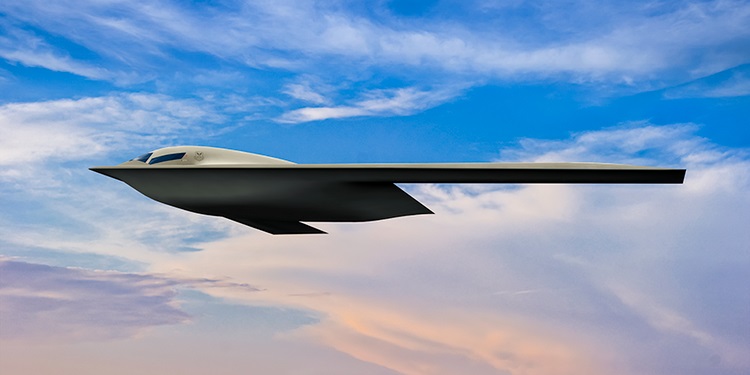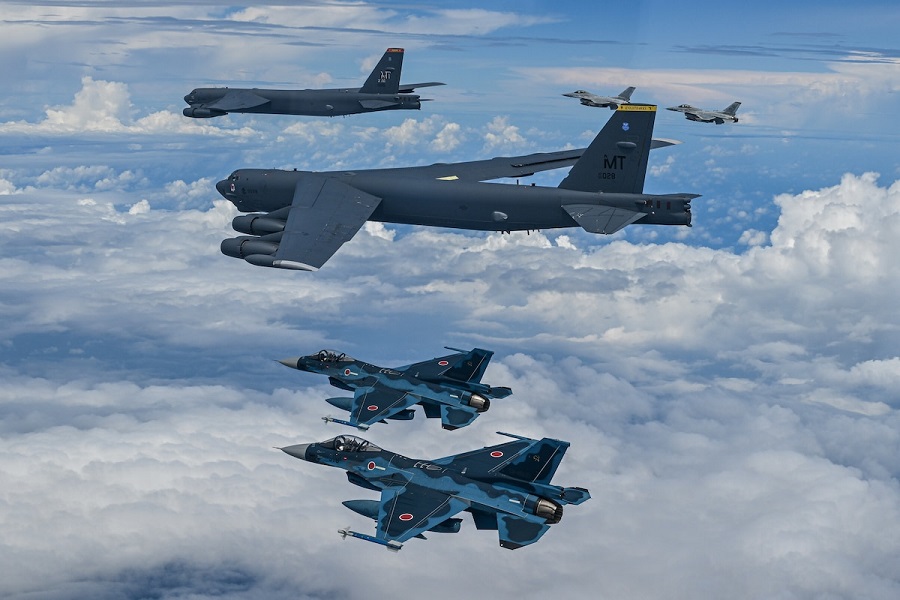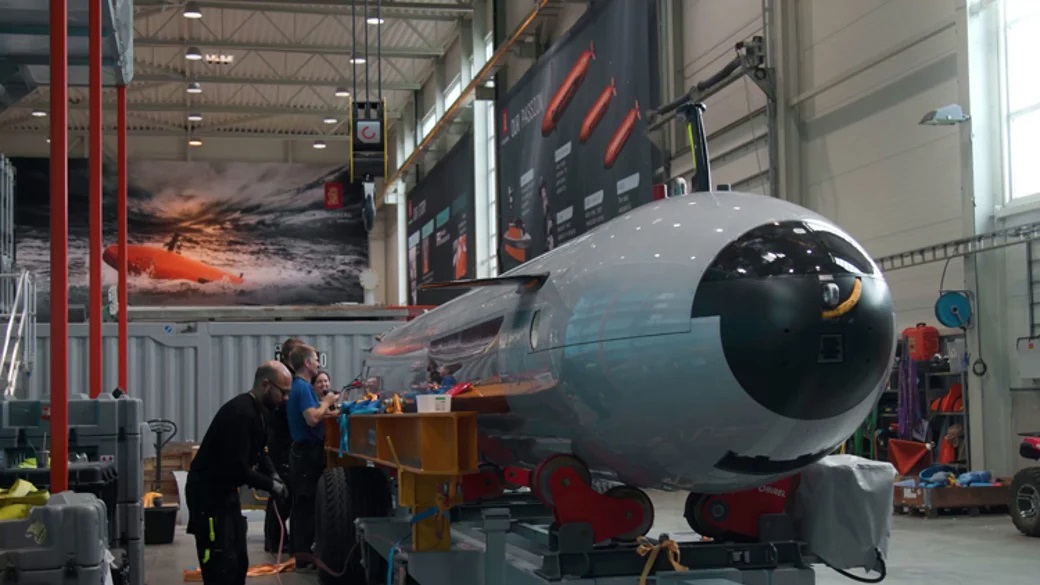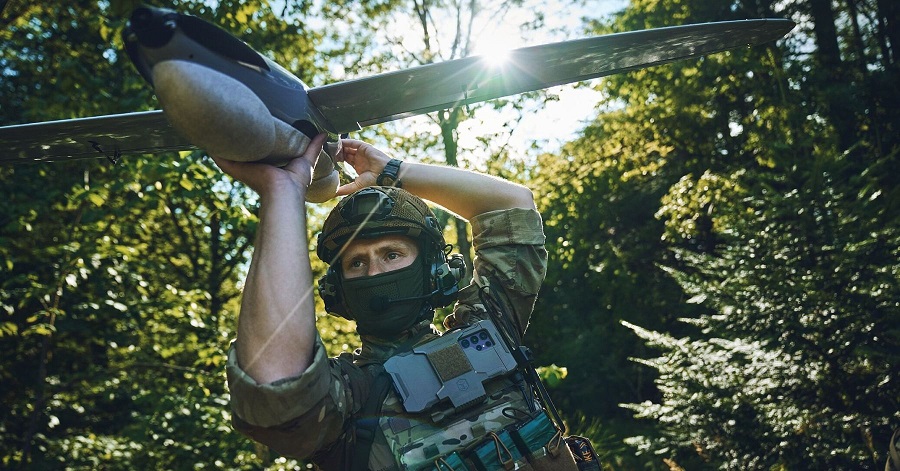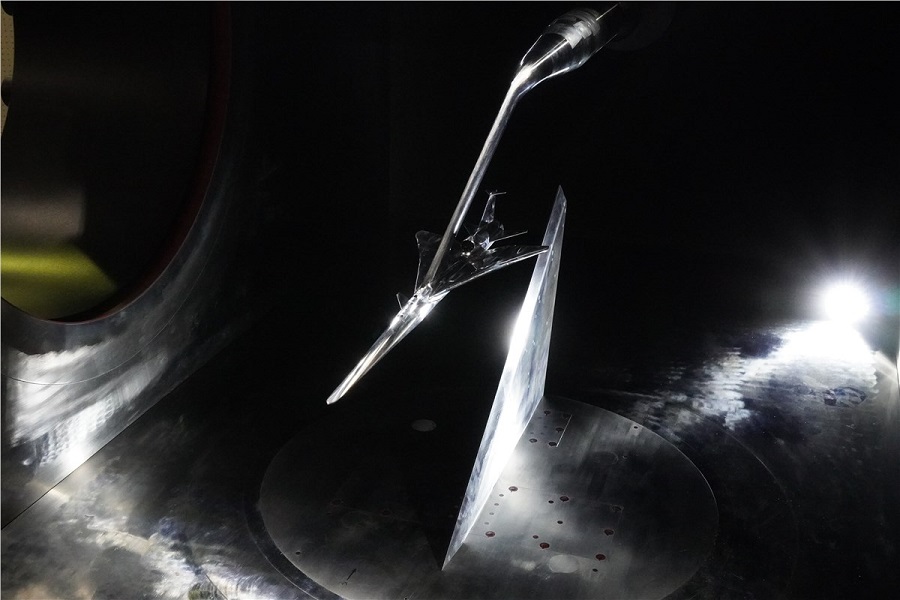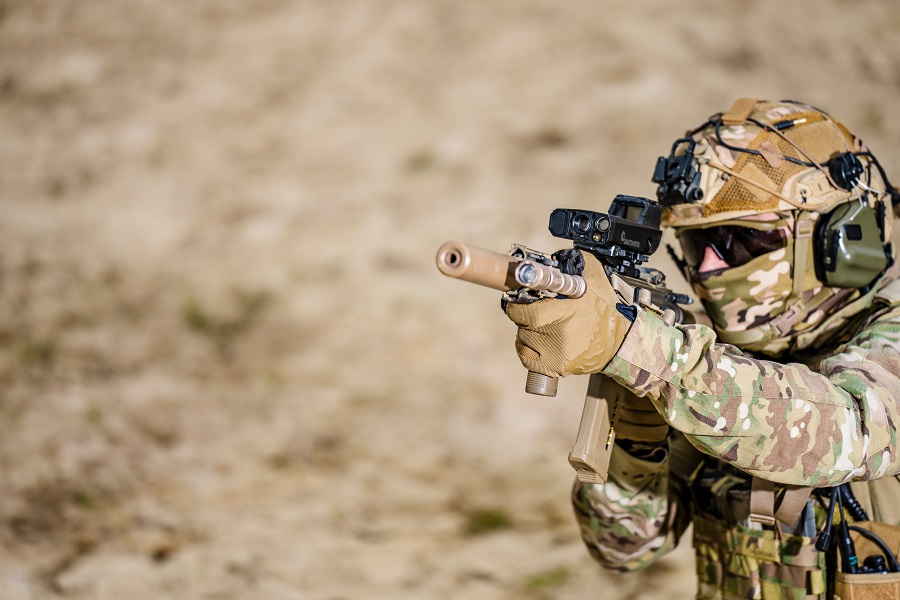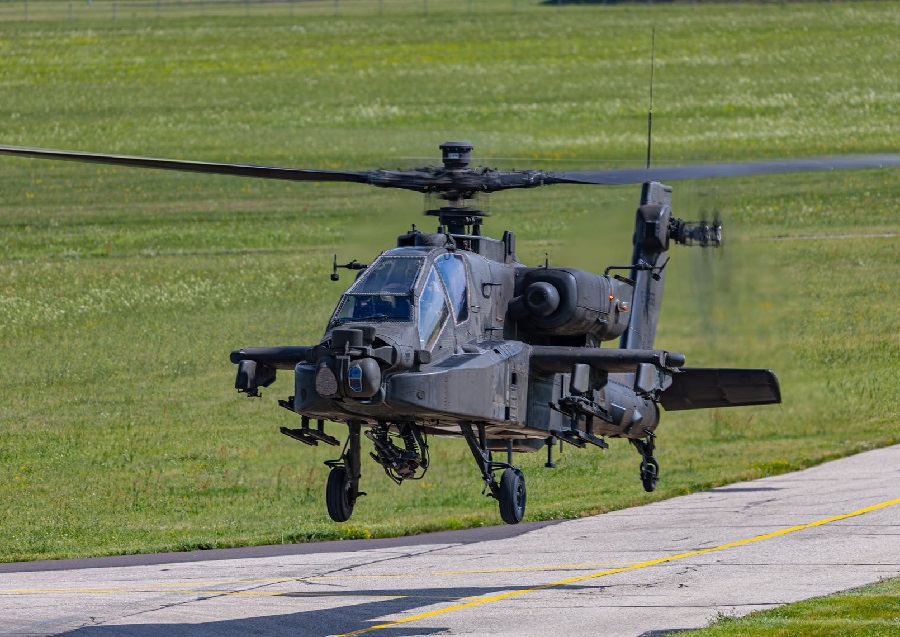This requires underwater acoustic networks, as well as the capability to adapt autonomously to communication conditions, for example by switching between frequency bands and data rates, so that network assets stay connected for extensive operation times without recovery and redeployment.
A four-year EDA project known as SALSA, funded by five EDA Member States, developed a smart adaptive protocol stack for the development of flexible and self-configurable underwater acoustic networks. Launched on 30 October 2018, the final meeting took place on 25-27 October 2022. This meeting was used to reflect upon the technical achievements gained within the project, regarding the requirements set in an early stage.
Also, strategic decisions were taken on what technical results were fit to be published in a standard.
The Netherlands was the lead nation in the project, working with Germany, Norway, Sweden and Finland. The project involved a consortium of industries and research establishments from these five Member States. In this regard, the main objectives defined for this project were linked to the development and standardisation of a protocol stack for self-configurable underwater acoustic networks that autonomously adapt to changing environmental conditions and operational needs.
NEXT STEPS ON STANDARDISATION
Under the SALSA project, work has been carried out at the two levels of the physical and the network layer.
At the physical layer, where bits are converted into sound and vice versa, the JANUS underwater communications standard (STANAG 4748/ANEP-87) was applied for first contact, after which the more robust and flexible frequency repetition spread spectrum (FRSS) modulation was employed to enable the required heavy-duty communication in the military scenario at hand. In addition, at the network layer, the versatile gossiping in underwater mobile ad-hoc networks (GUWMANET) routing protocol was employed with the accompanying application-layer protocol generic underwater application language (GUWAL). The decisions for adaptations, and their synchronization within the network to maintain interoperability, were controlled by an adaptivity module inside the network layer.
During the implementation of the project, a successful demonstration was performed of self-configurable underwater acoustic networks in military scenarios using up to 20 network nodes.
Based on the results provided, the navies of the five EDA Member States, supported by their national research establishments, have the intention to submit a proposal for a NATO Standardisation Agreement. The consortium is still seeking for the best approach to initiate the NATO standardisation process; whether it should be extension of a current standard or a new standard, and how to keep all partners involved given that the EDA-SALSA project has now been closed.
The SALSA consortium hopes to engage in discussions on new use cases or the needs of potential clients for their adaptive underwater communication protocols. These aspects underline the high level of ambition to continue international collaboration on underwater communications as over the years a full workbench has been developed within this consortium.








